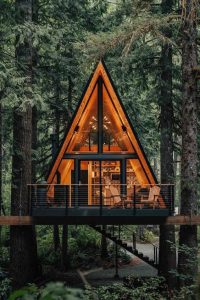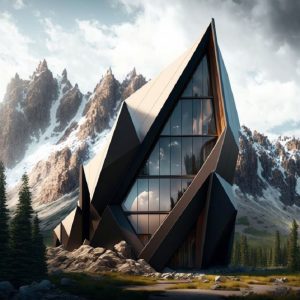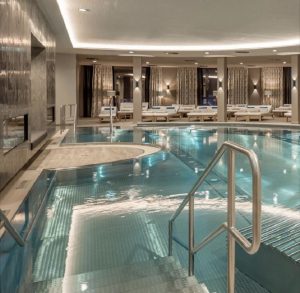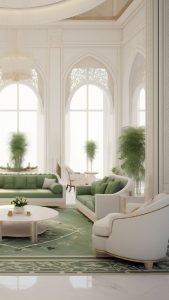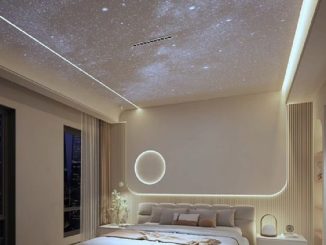Nestled amidst the lush embrace of nature, forest houses designed with a sense of separation evoke a unique charm that captivates the soul. These dwellings, thoughtfully planned to stand independently, offer residents a tranquil escape into the heart of the woods. In this exploration, we unveil the allure of houses in the forest with separate designs, delving into the architectural principles, the connection with nature, and how homeowners can create a harmonious blend of comfort and solitude.
1. Architectural Autonomy: The Essence of Separate Designs
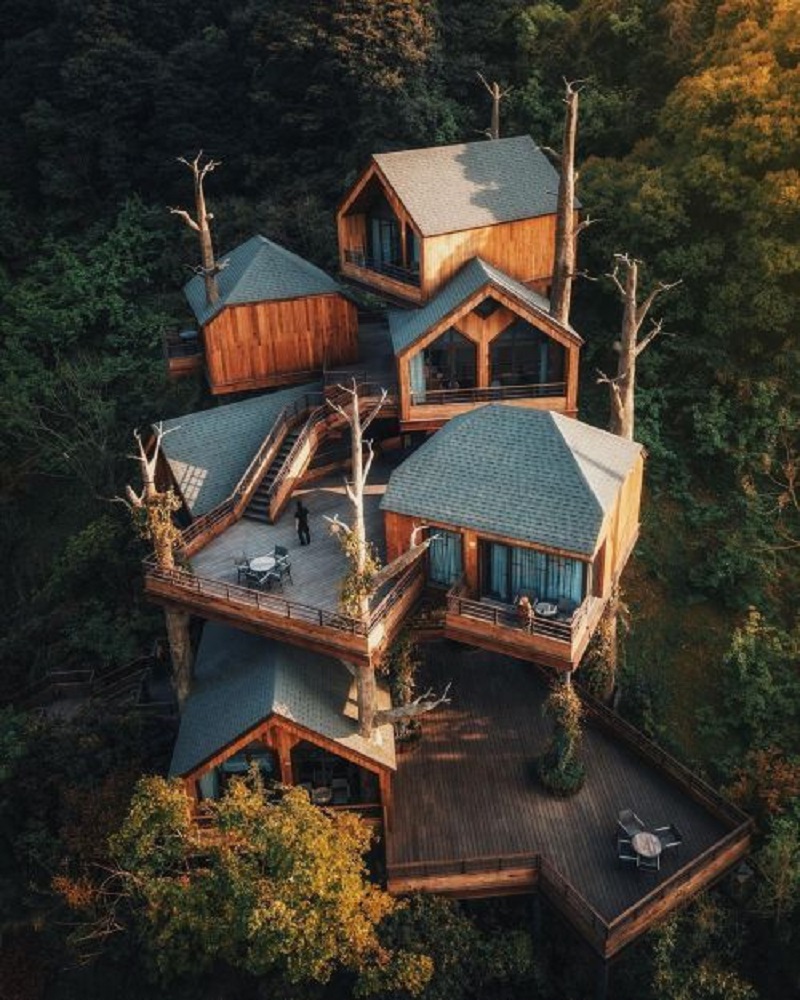
a. Individuality in Architecture
The distinguishing feature of forest houses with separate designs lies in their architectural autonomy. Each structure stands as a distinct entity, contributing to a harmonious ensemble that complements rather than competes with the natural surroundings. This individuality allows each dwelling to express its unique character while remaining part of a collective tapestry that respects the serenity of the forest environment.
b. Purposeful Separation for Privacy
Separate designs in forest houses are purposefully crafted to offer residents a heightened sense of privacy. Whether it’s multiple structures connected by pathways or standalone cabins dispersed across the landscape, the design emphasizes seclusion. This intentional separation fosters a retreat-like atmosphere, allowing inhabitants to immerse themselves in the tranquility of the forest without compromising on personal space.
c. Integration with Topography
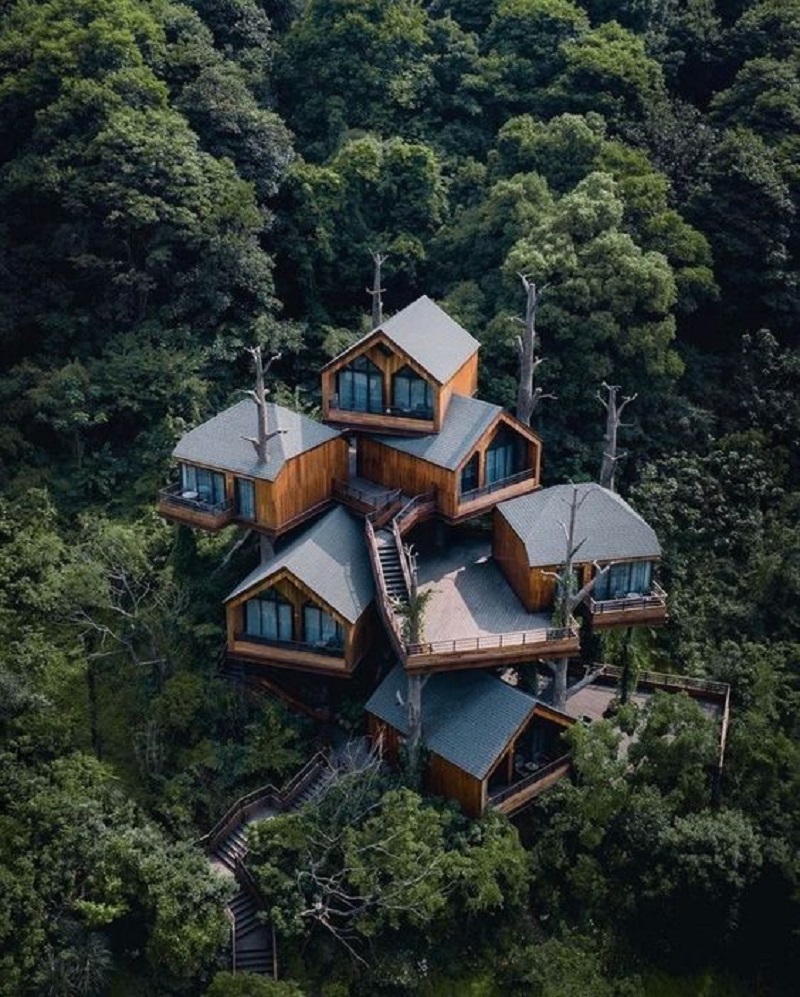
The separation in design often aligns with the natural topography of the forested terrain. Structures may follow the contours of the land, nestling into hillsides or perching atop slopes. This integration with the topography not only enhances the aesthetic appeal but also minimizes the impact on the surrounding ecosystem, creating a symbiotic relationship between architecture and nature.
d. Flexibility in Layout and Functionality
Separate designs offer flexibility in layout and functionality, allowing homeowners to adapt each structure to specific needs. From designated living spaces to work studios or guest retreats, the separation allows for a diverse range of functions within the forested enclave. This adaptability caters to the dynamic lifestyles of residents, providing spaces that can evolve with changing needs.
2. Nature as the Co-Creator: The Connection with the Surrounding Landscape
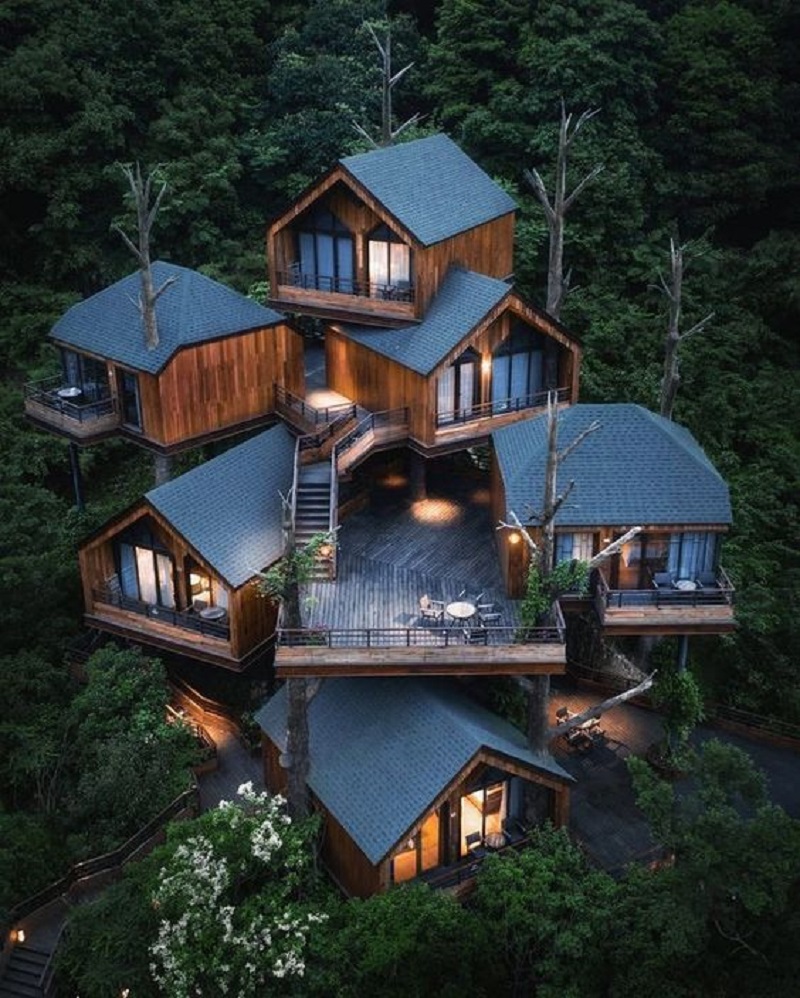
a. Panoramic Views and Visual Harmony
The separate designs of forest houses often prioritize panoramic views of the surrounding landscape. Expansive windows and strategically positioned openings invite the outdoors in, creating a visual harmony between the interior spaces and the forested expanse. The architecture acts as a frame through which residents can appreciate the ever-changing beauty of nature.
b. Seamless Indoor-Outdoor Living
A hallmark of houses with separate designs in the forest is the seamless integration of indoor and outdoor living. Patios, decks, and outdoor spaces become natural extensions of the living areas. Residents can transition effortlessly between the coziness of the interior and the refreshing embrace of the forest, blurring the boundaries between shelter and nature.
c. Natural Elements as Design Inspirations
The separate designs often draw inspiration from natural elements, utilizing materials that harmonize with the forest environment. Wood, stone, and other organic materials not only contribute to the visual appeal but also establish a tactile connection with the natural surroundings. The architecture becomes a reflection of the innate beauty found in the forest, creating a sense of unity between the built environment and the wilderness.
d. Biorhythm Synchronization
Living in separate structures within a forest setting allows residents to synchronize with the biorhythms of nature. Large windows capture the play of sunlight and shadow throughout the day, and the sounds of rustling leaves and bird calls become integral parts of the daily soundtrack. This connection with the natural rhythms fosters a sense of well-being and tranquility, enhancing the overall quality of life.
3. Home Decoration and Arrangement in Forest Retreats
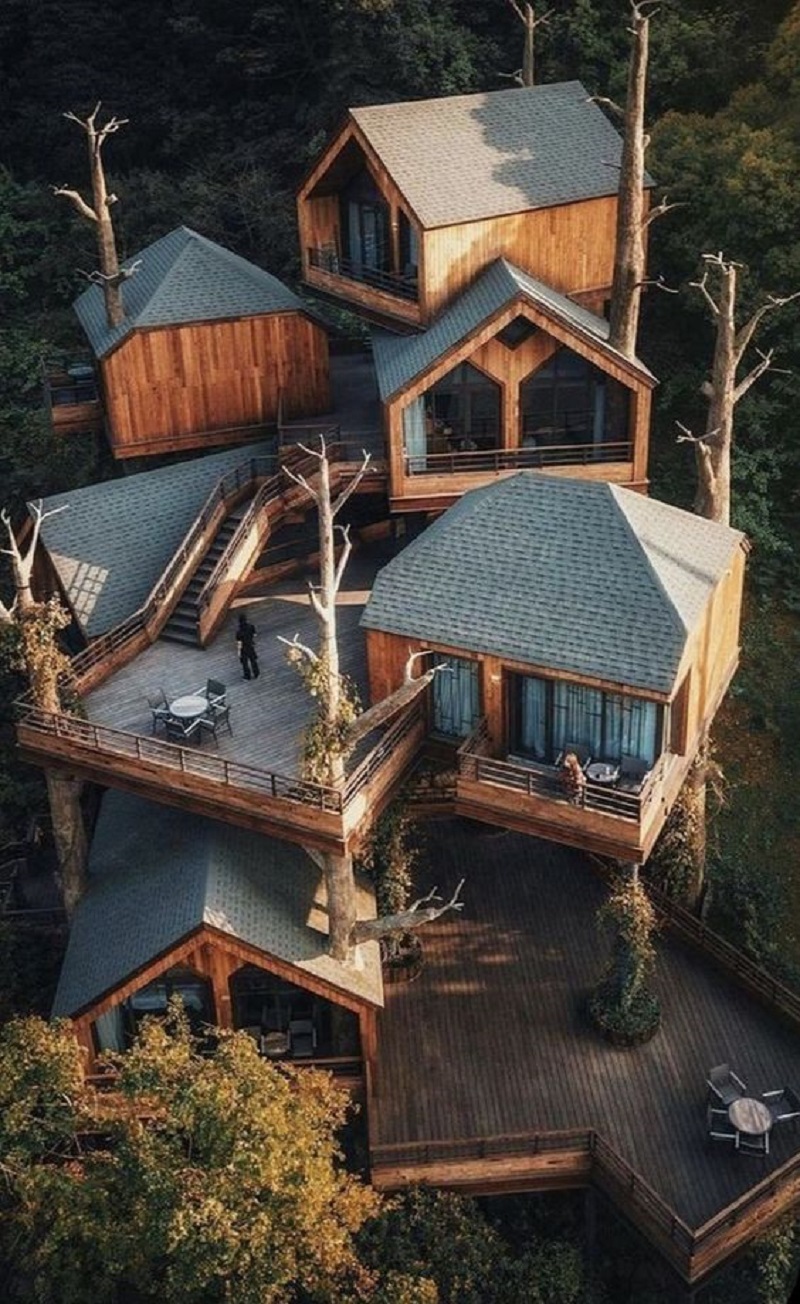
a. Nature-Inspired Decor Palette
When decorating and arranging forest houses with separate designs, embrace a nature-inspired decor palette. Choose earthy tones, muted greens, and browns to mimic the hues of the forest. Incorporate natural textures in furnishings and decor items to create a seamless blend with the outdoor environment. The goal is to evoke the serenity of the forest within the interior spaces.
b. Cozy Reading Nooks and Tranquil Corners
Design cozy reading nooks and tranquil corners that invite residents to unwind amidst the beauty of nature. Place comfortable seating near windows with expansive views or create intimate corners on outdoor decks. Use soft textiles, such as throws and cushions, to enhance the comfort and warmth of these spaces. These corners become retreats within the retreat, offering moments of solitude and reflection.
c. Artwork Inspired by the Forest
Infuse artwork inspired by the forest into the interior design. Consider paintings, photographs, or sculptures that capture the essence of the surrounding landscape. These artistic elements not only add visual interest but also serve as reminders of the natural beauty that envelops the home. Select pieces that resonate with the personal connection each resident has with the forest environment.
d. Harmonious Lighting Design
Create a harmonious lighting design that complements the natural lighting patterns of the forest. Opt for ambient lighting that mimics the gentle glow of sunlight filtering through trees. Incorporate fixtures that evoke the dappled play of light and shadow. This thoughtful lighting design enhances the overall ambiance, creating a tranquil and inviting atmosphere within each separate structure.
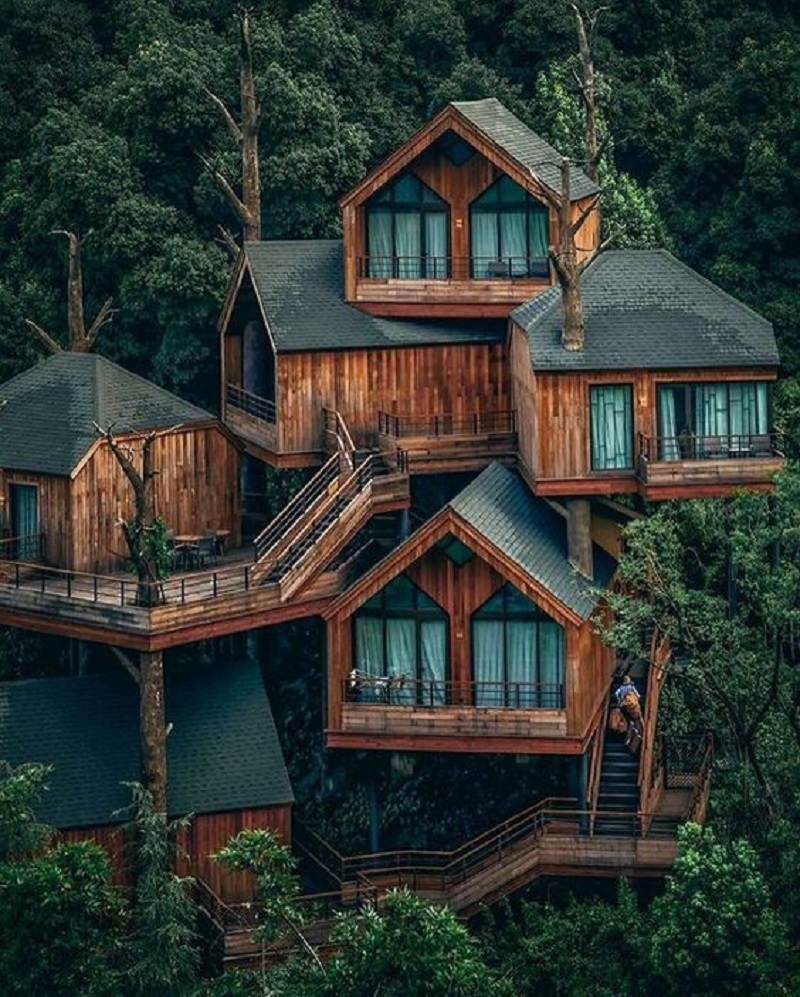
Houses in the forest with separate designs epitomize the marriage of architecture and nature. The intentional separation, architectural autonomy, and harmonious integration with the natural landscape create retreats that celebrate solitude and tranquility. By infusing the interior spaces with nature-inspired decor and arranging the home to embrace the forest environment,
